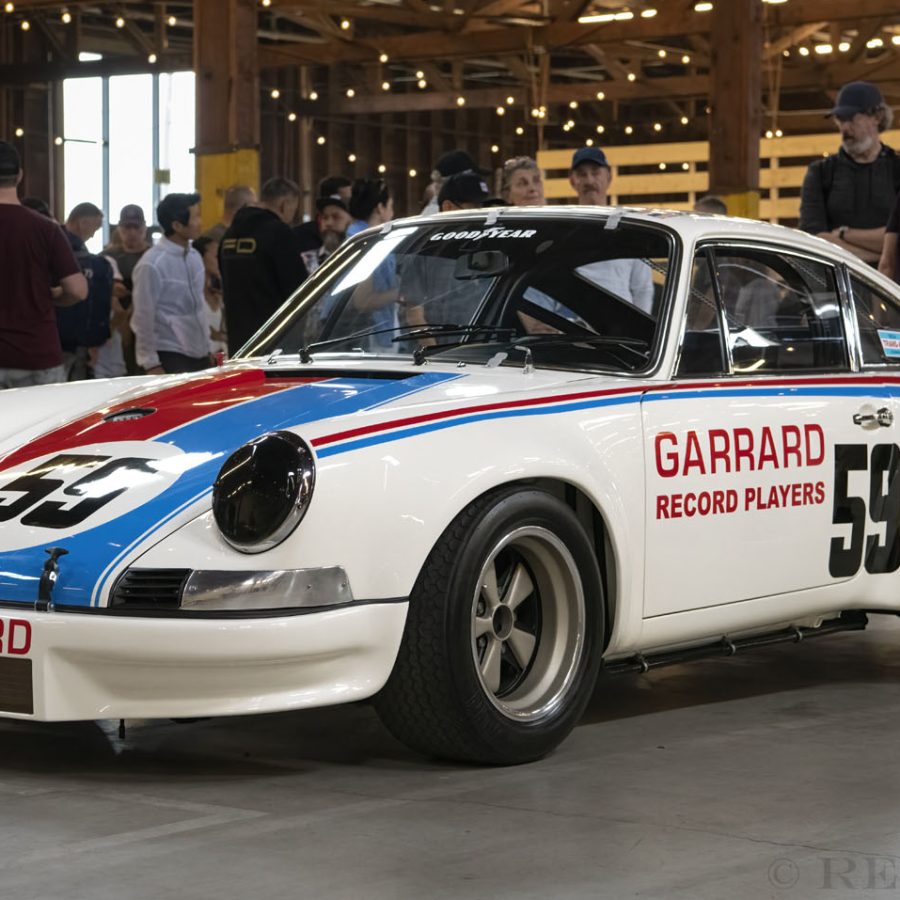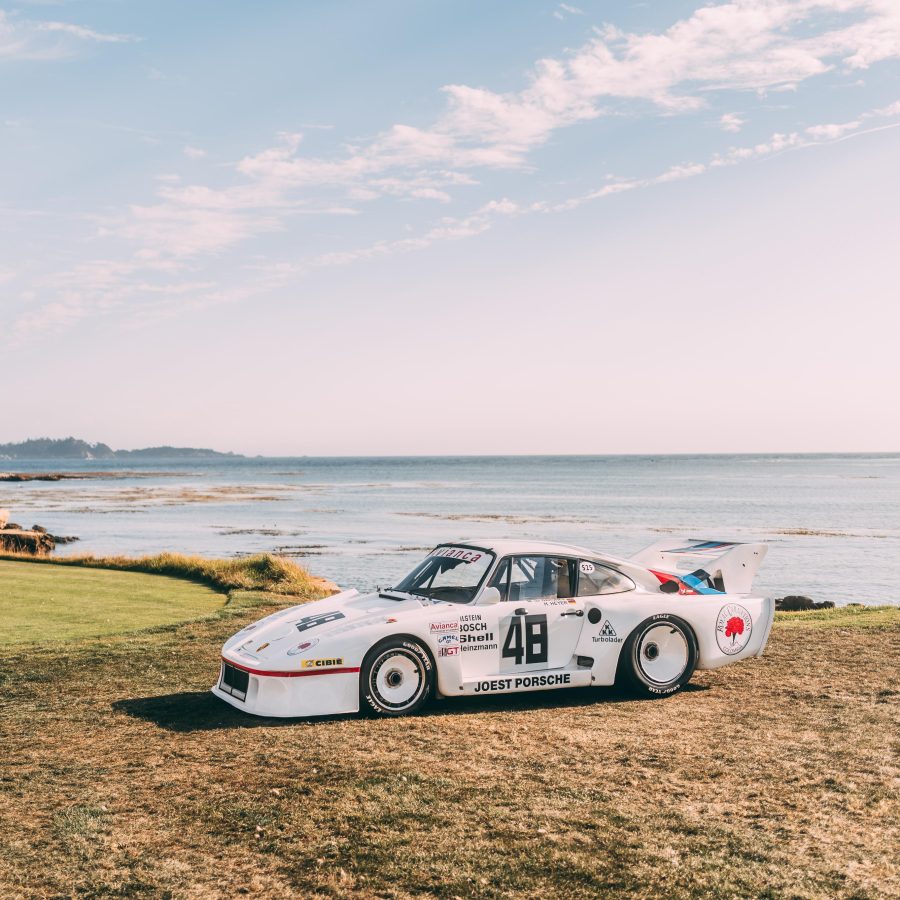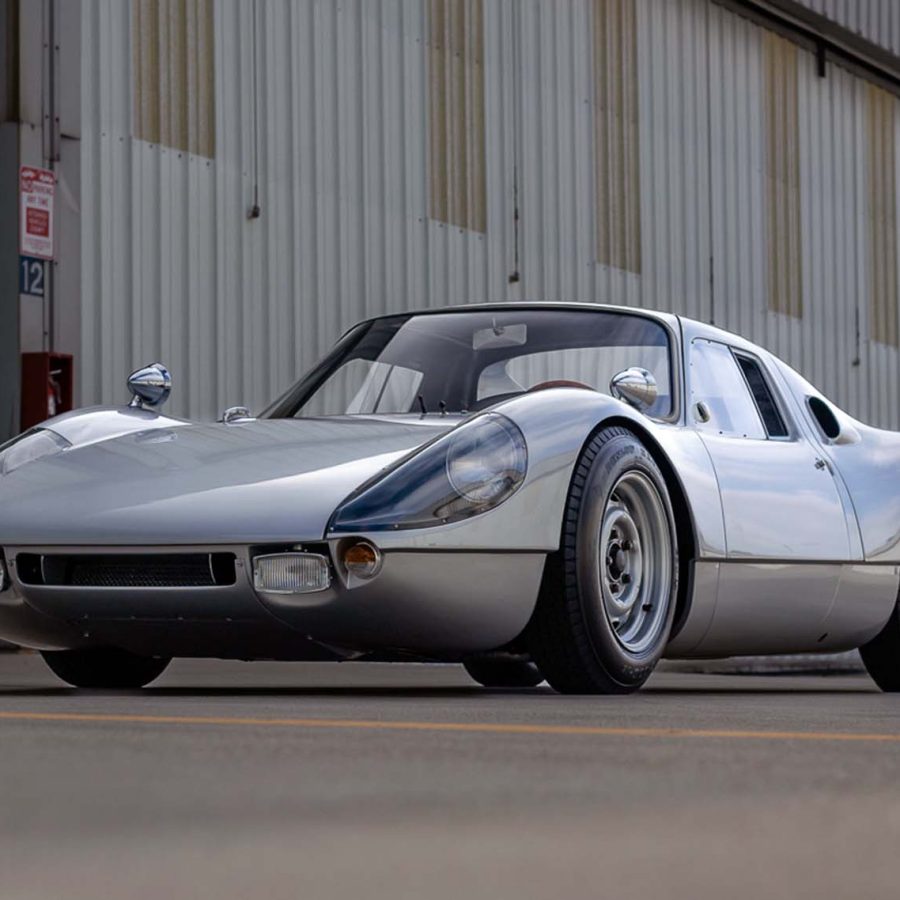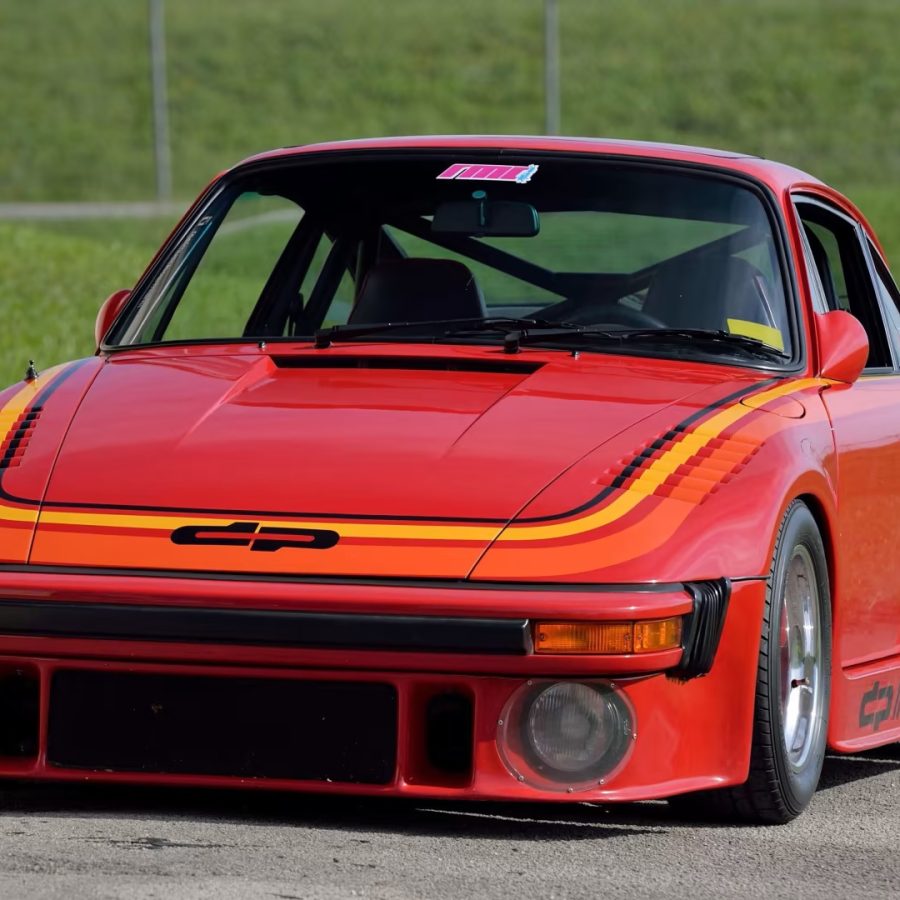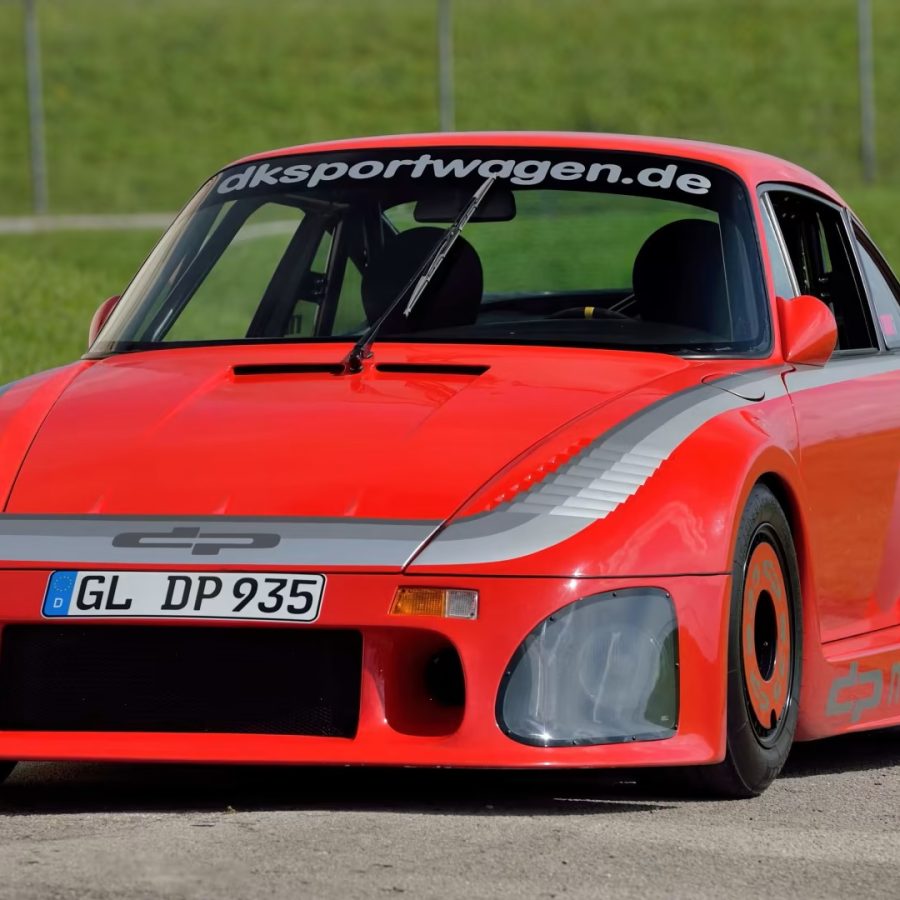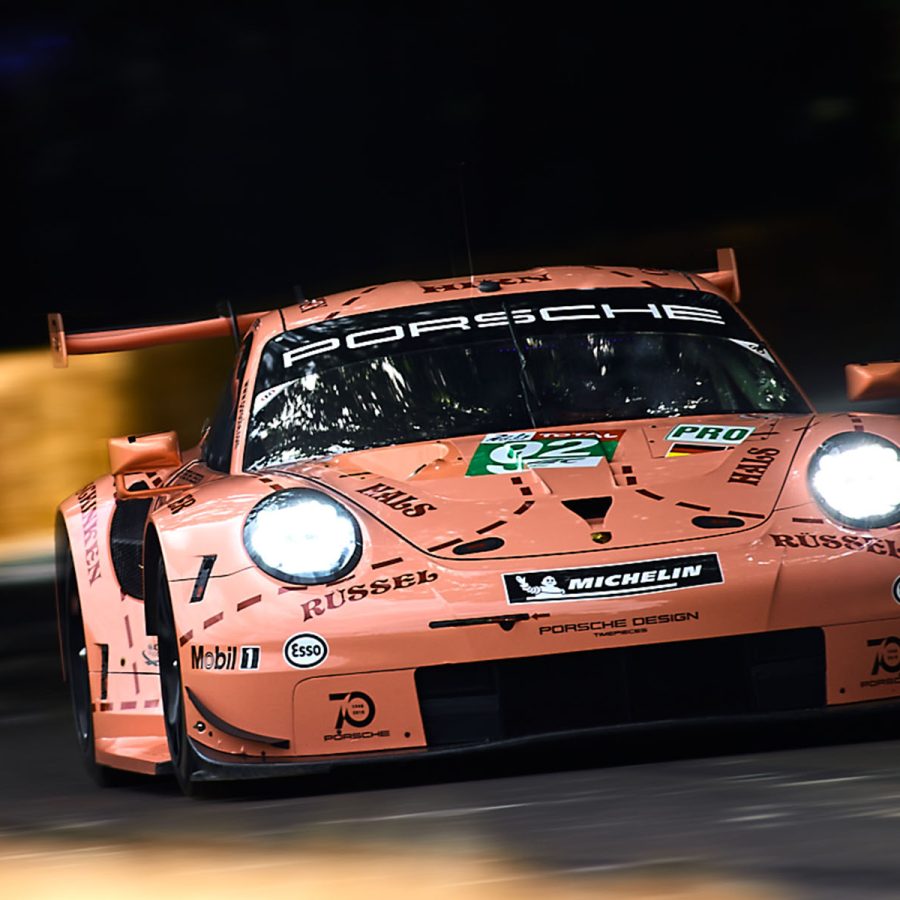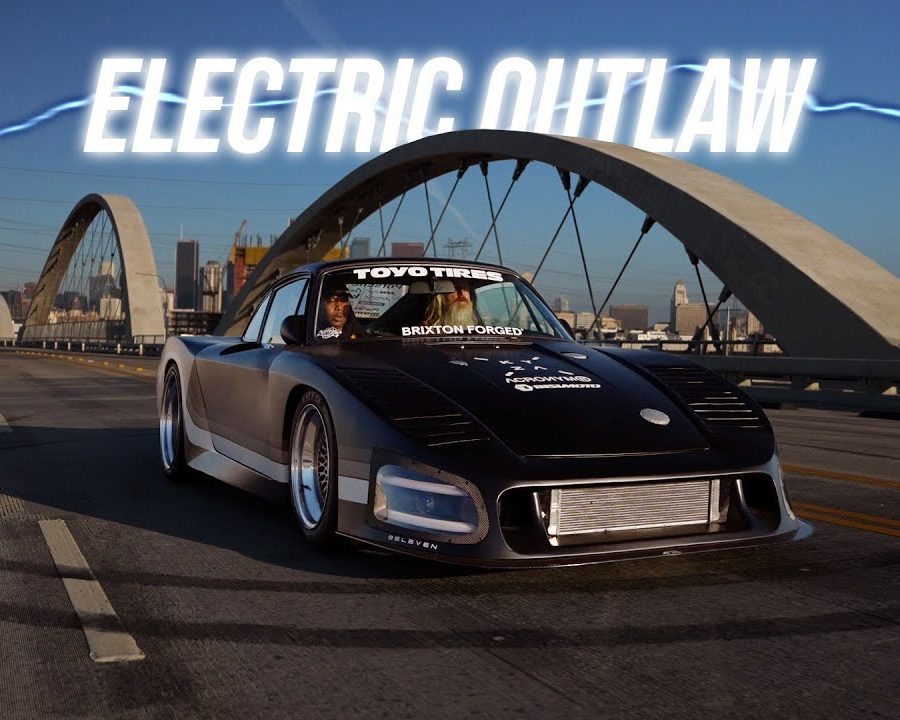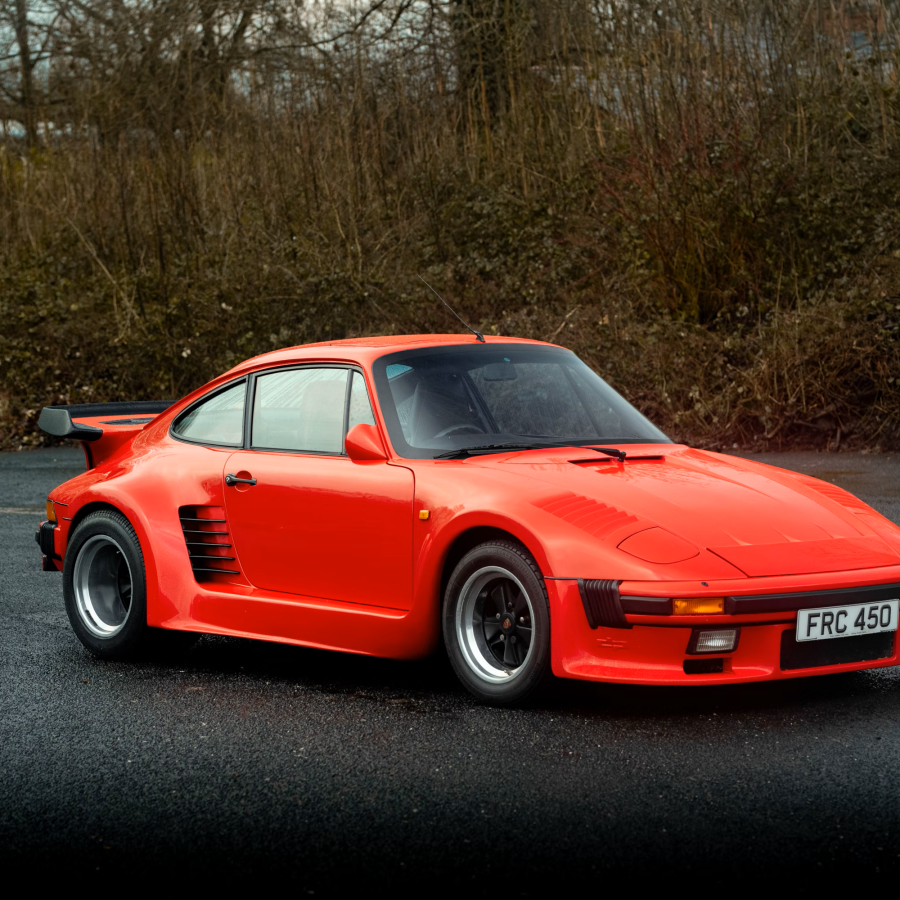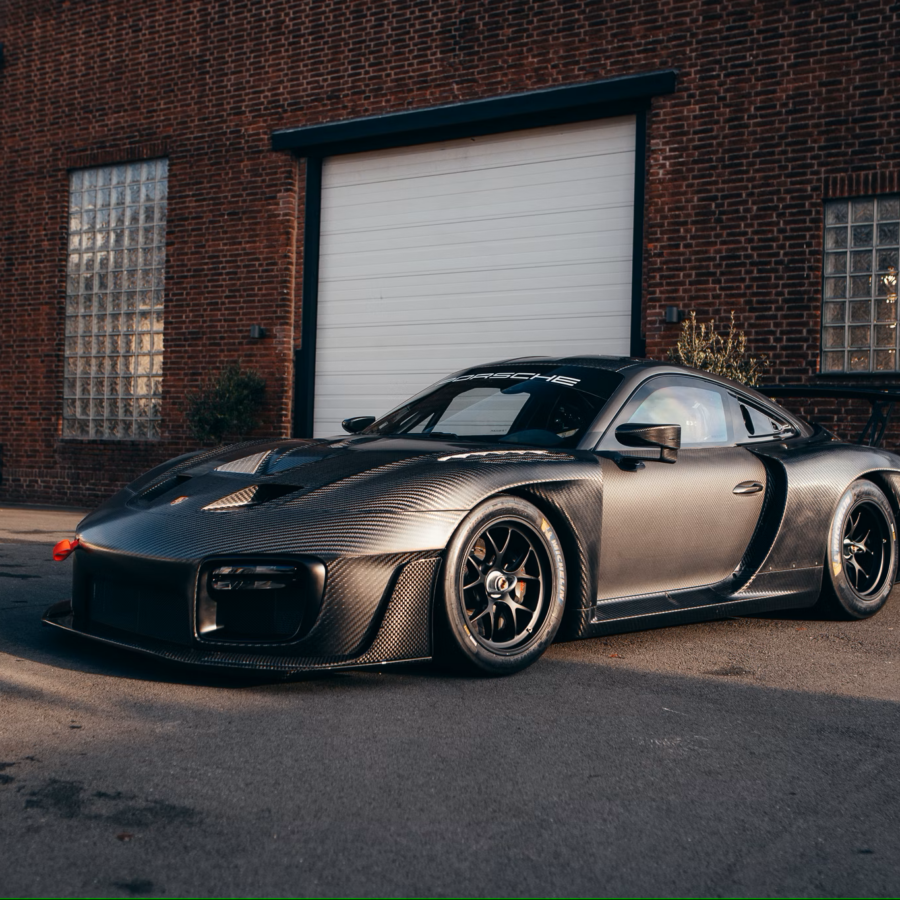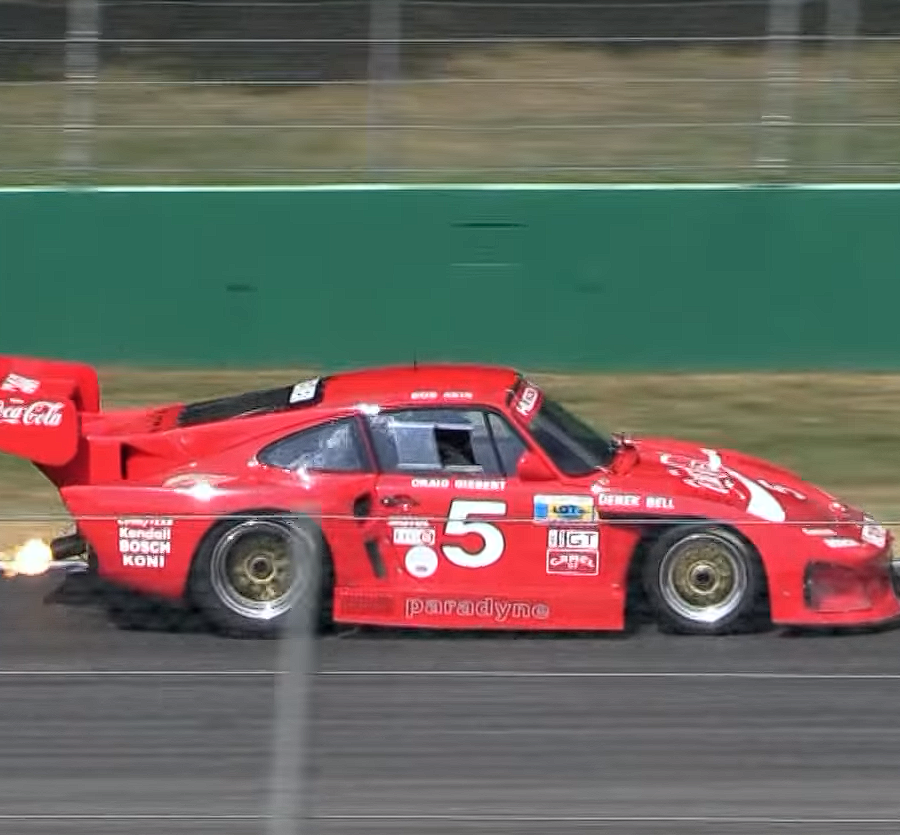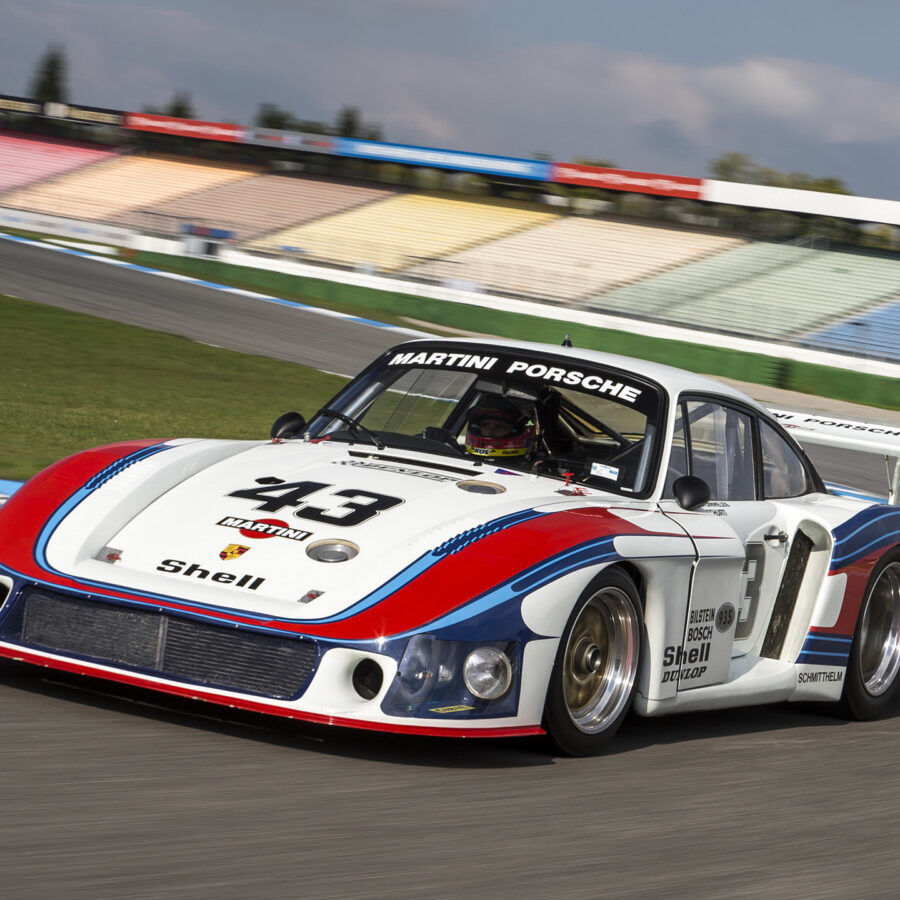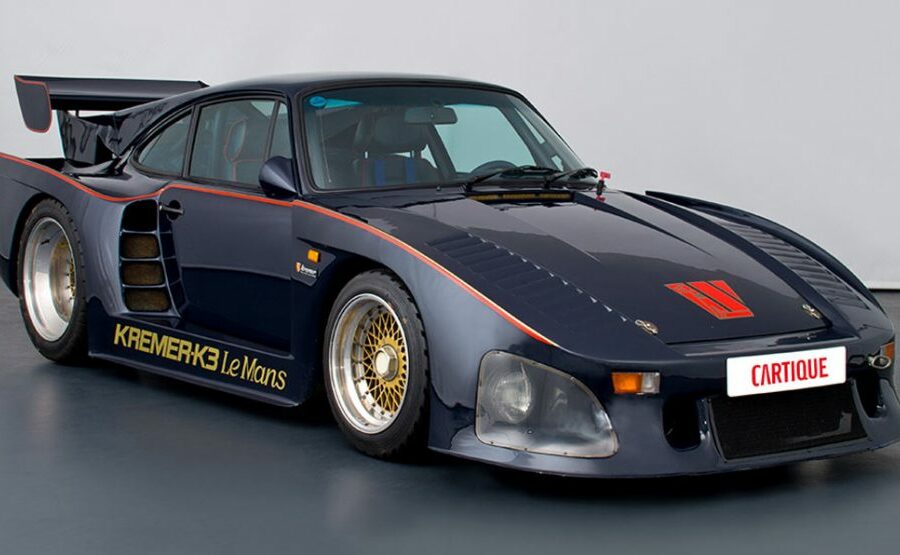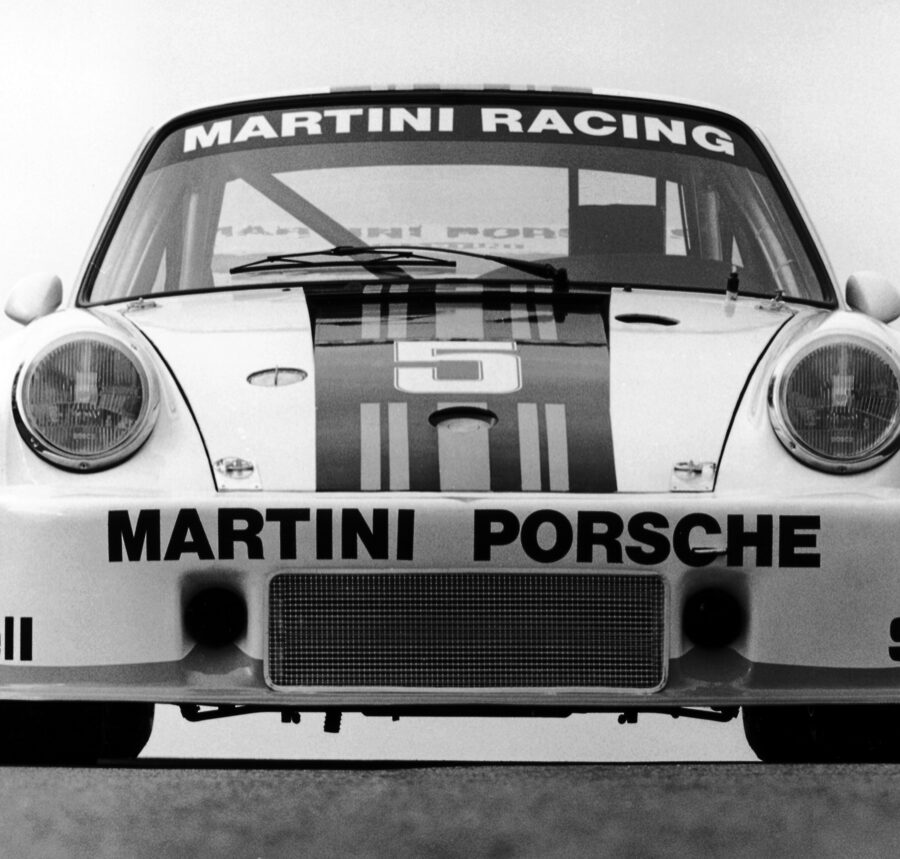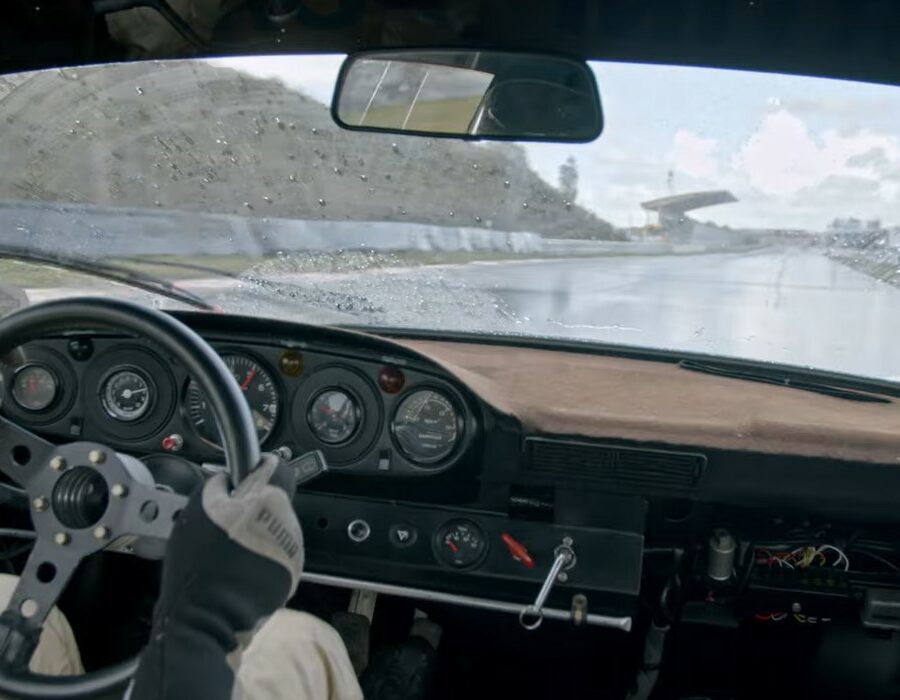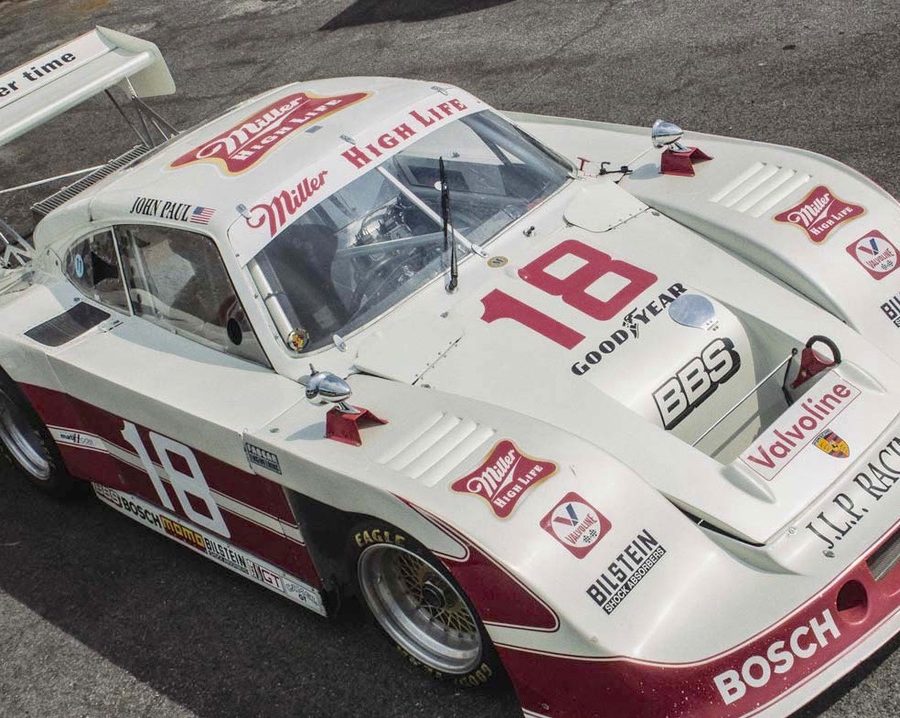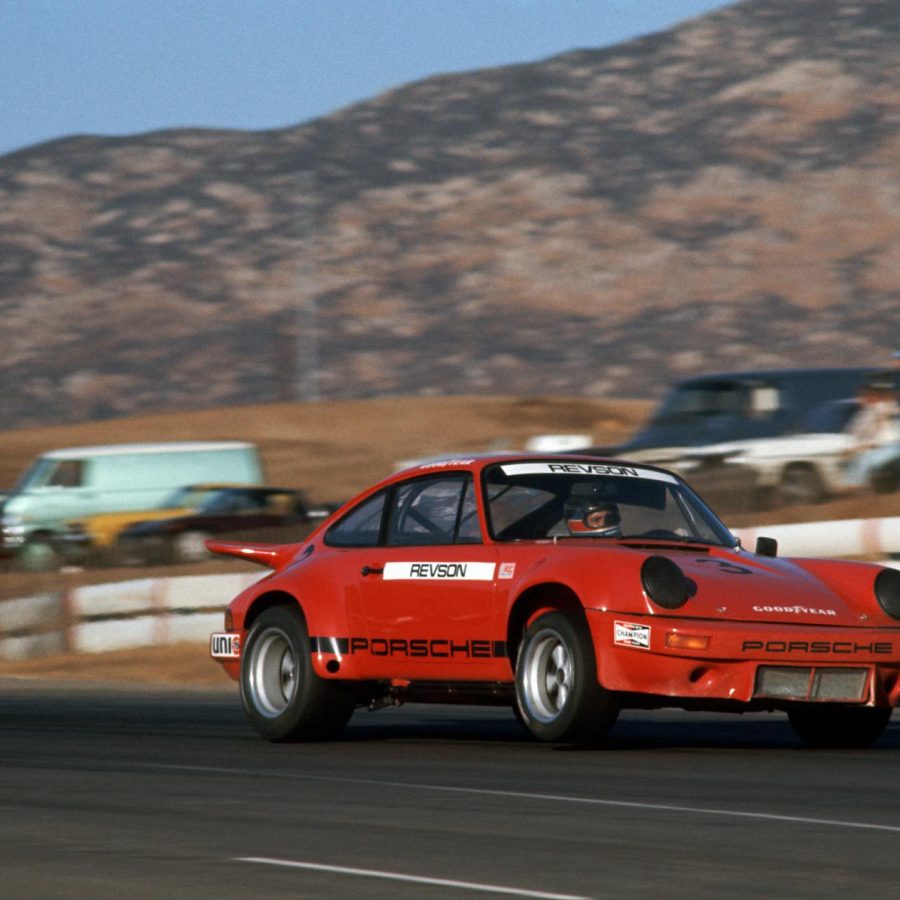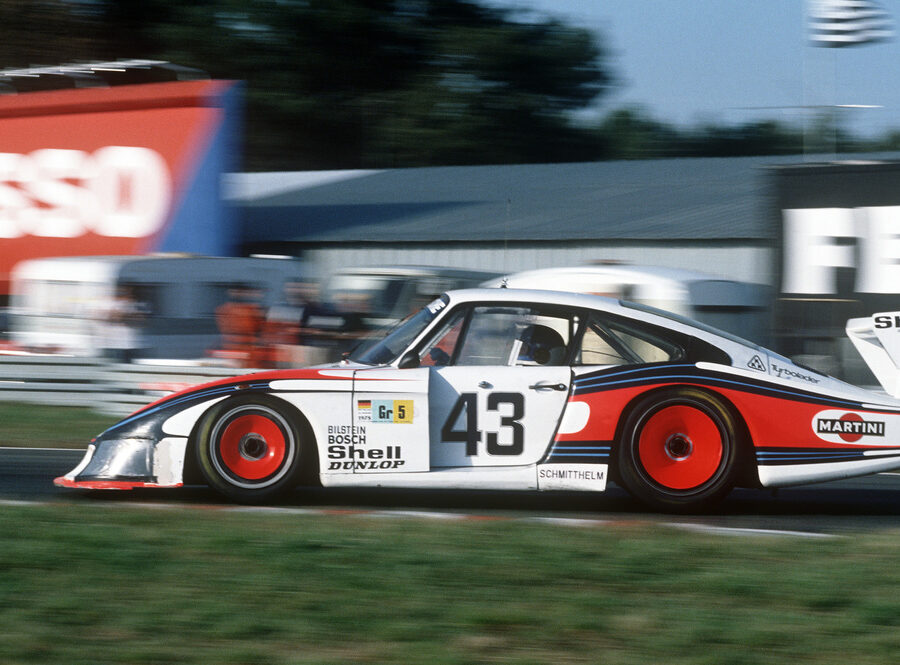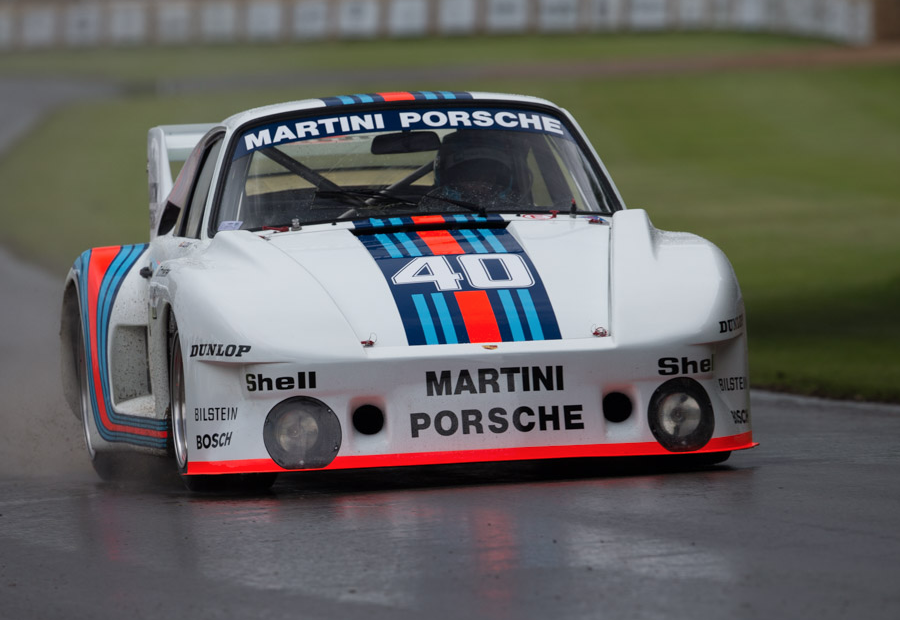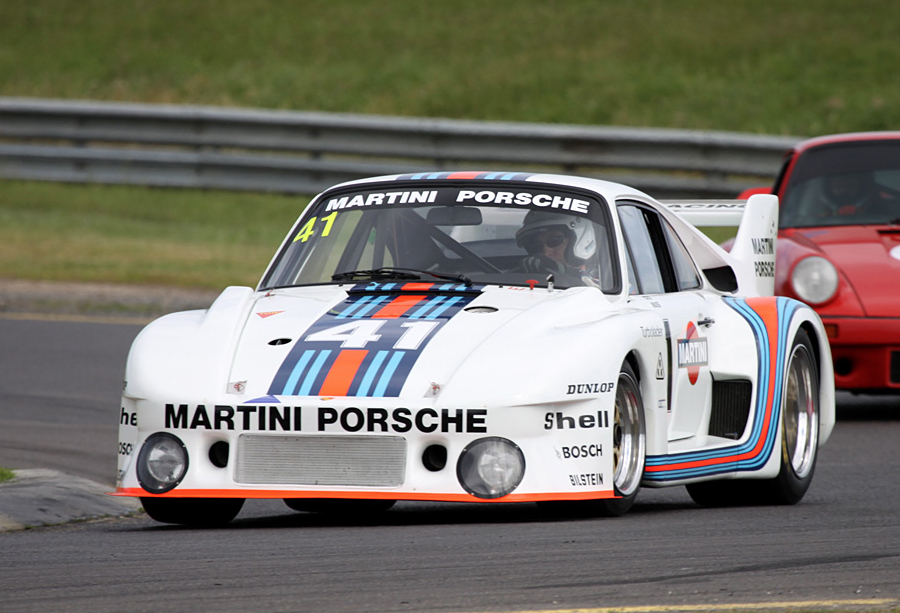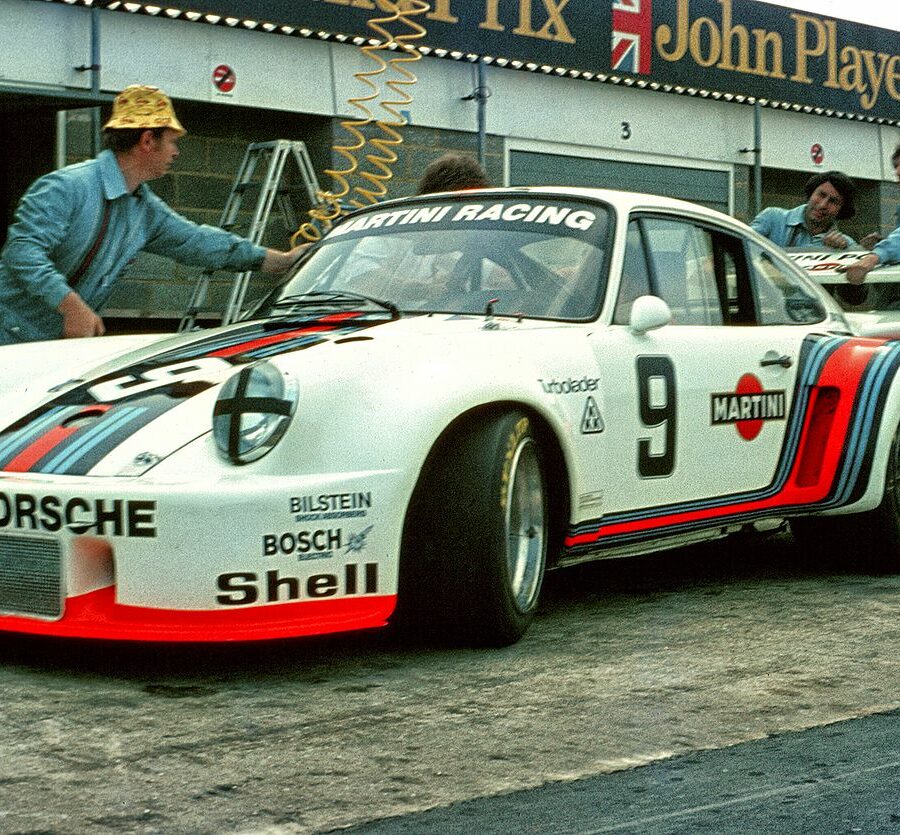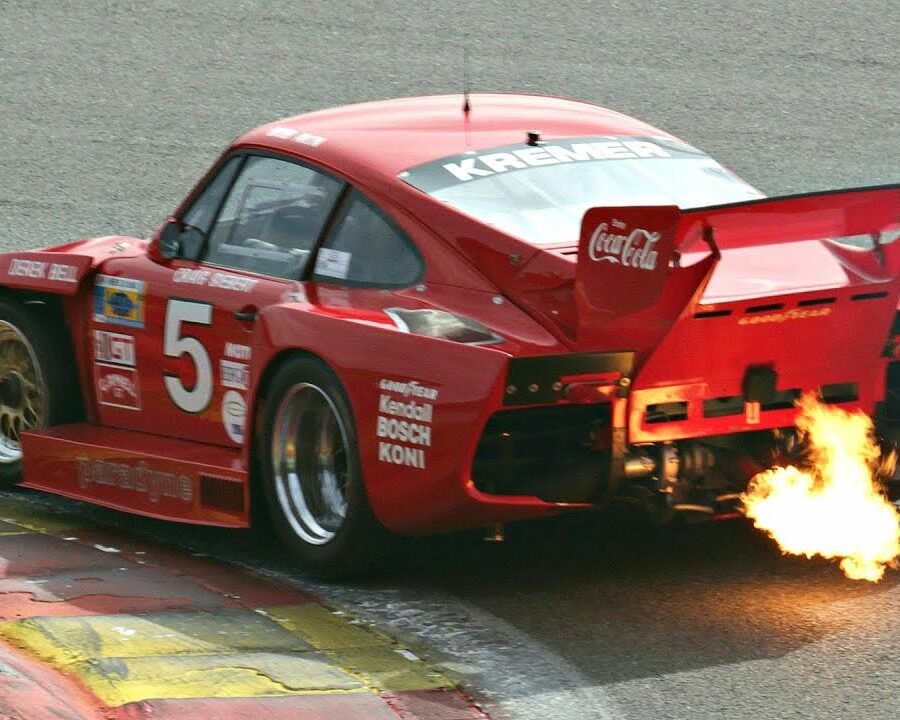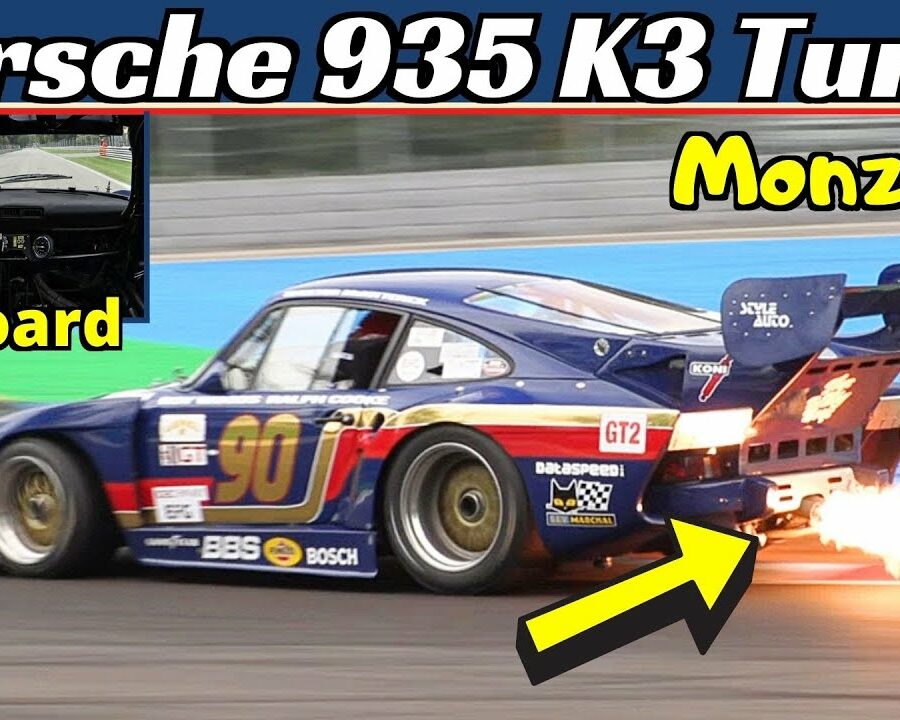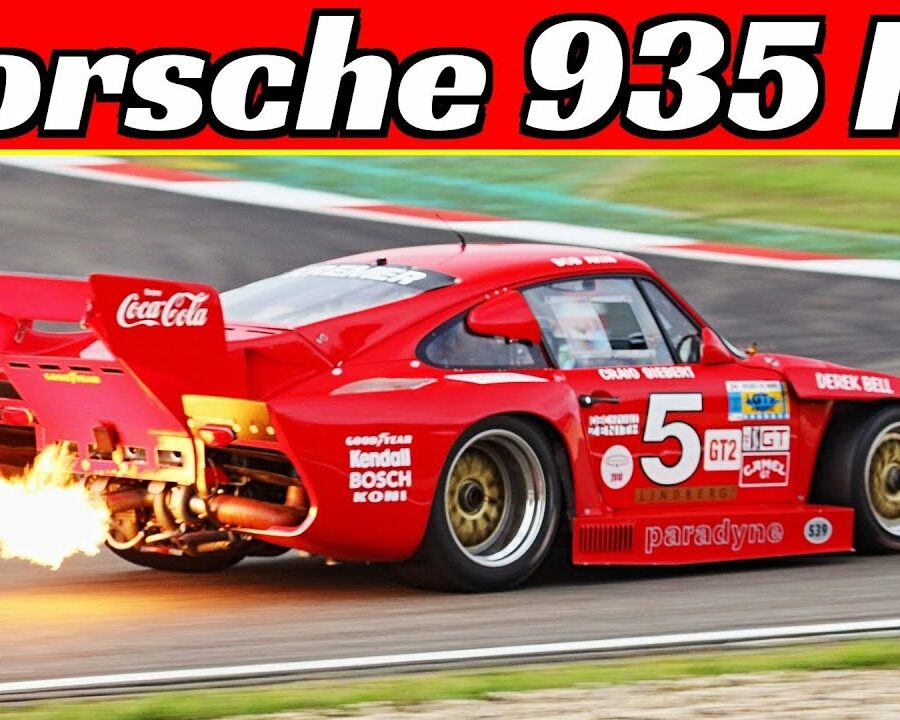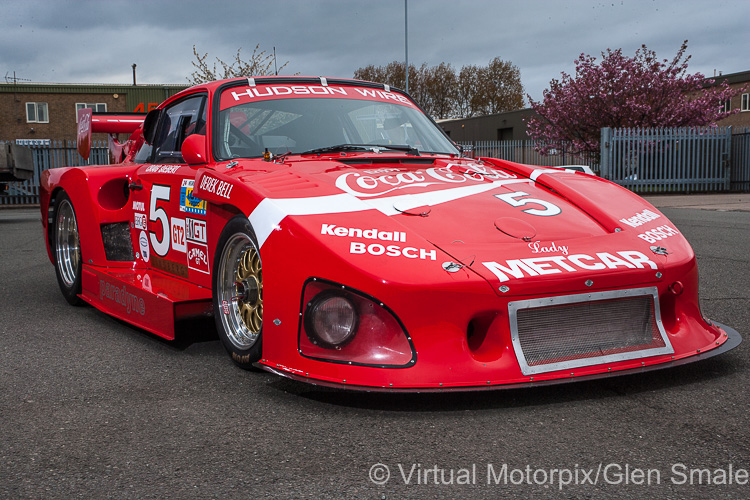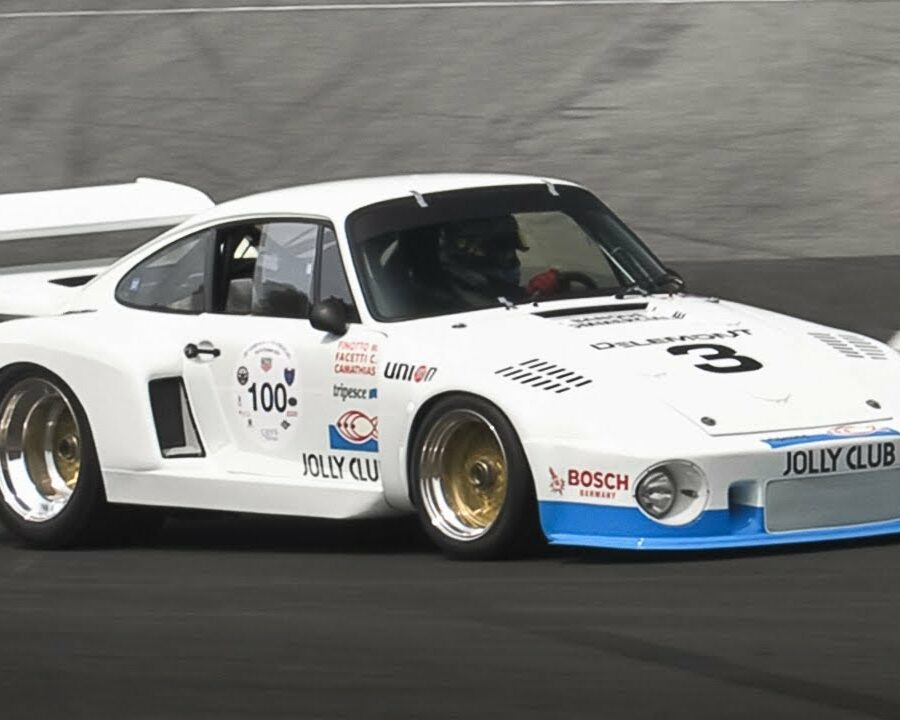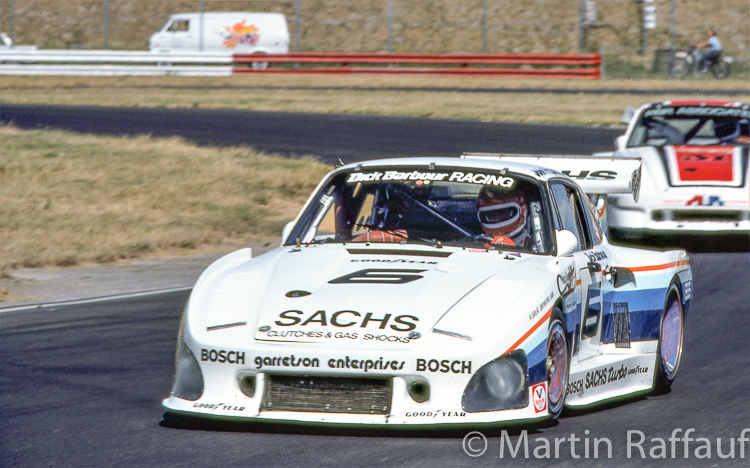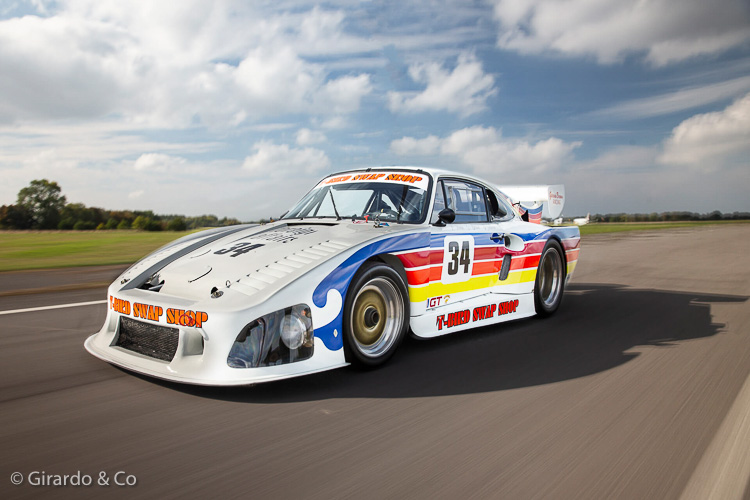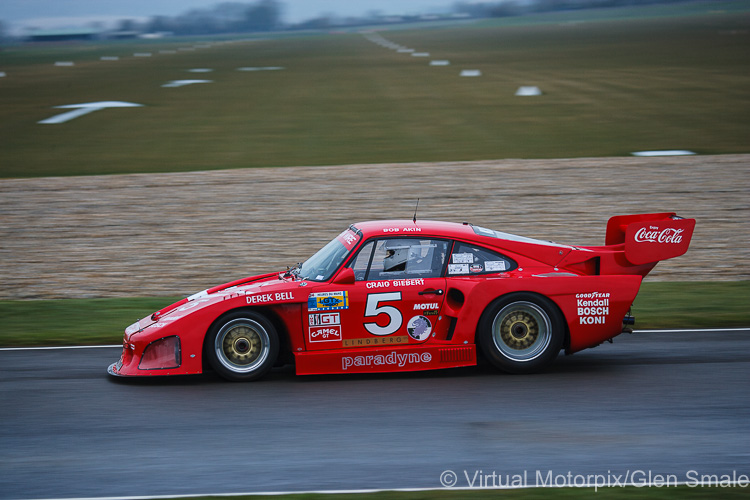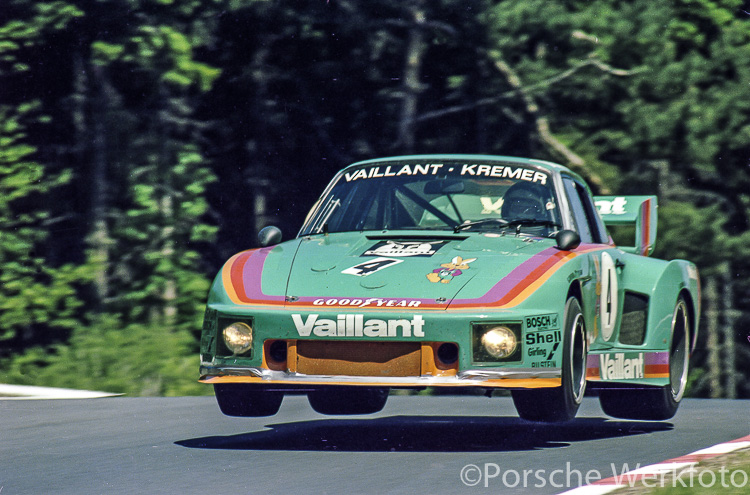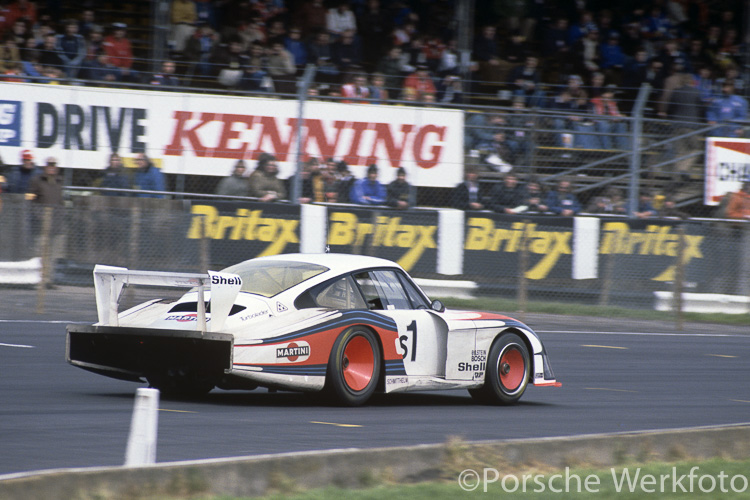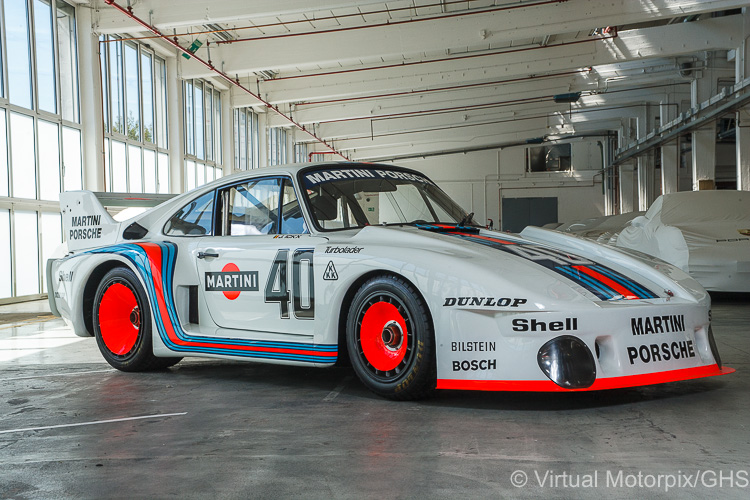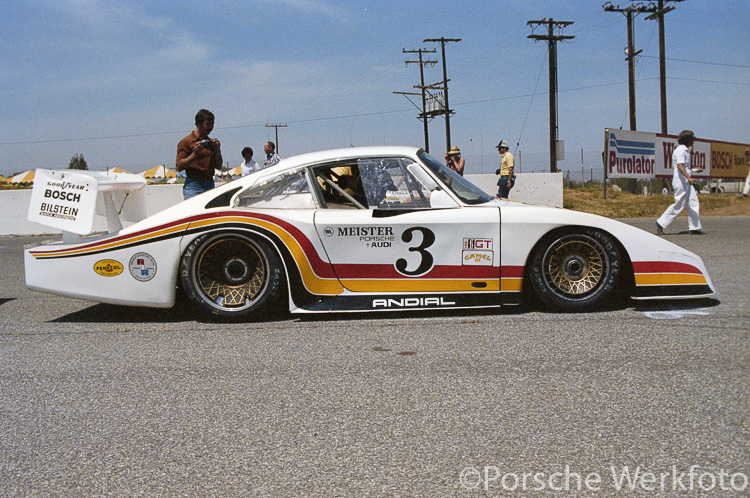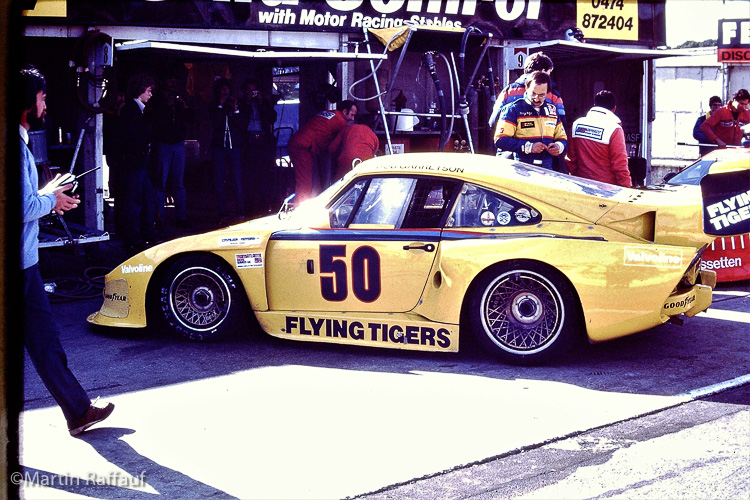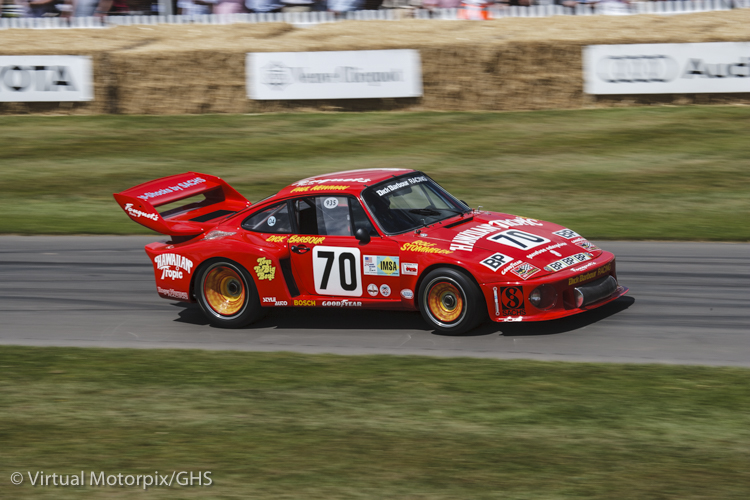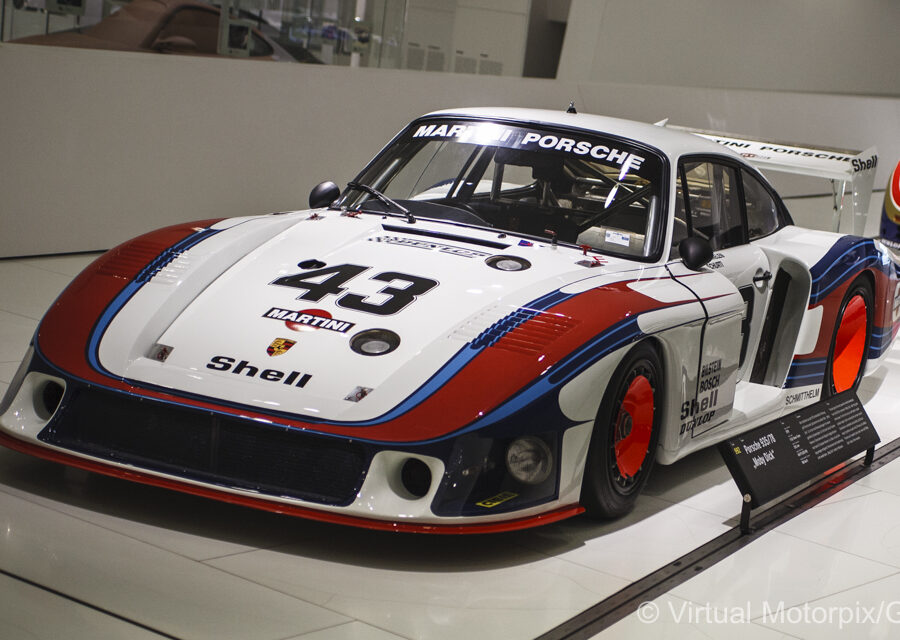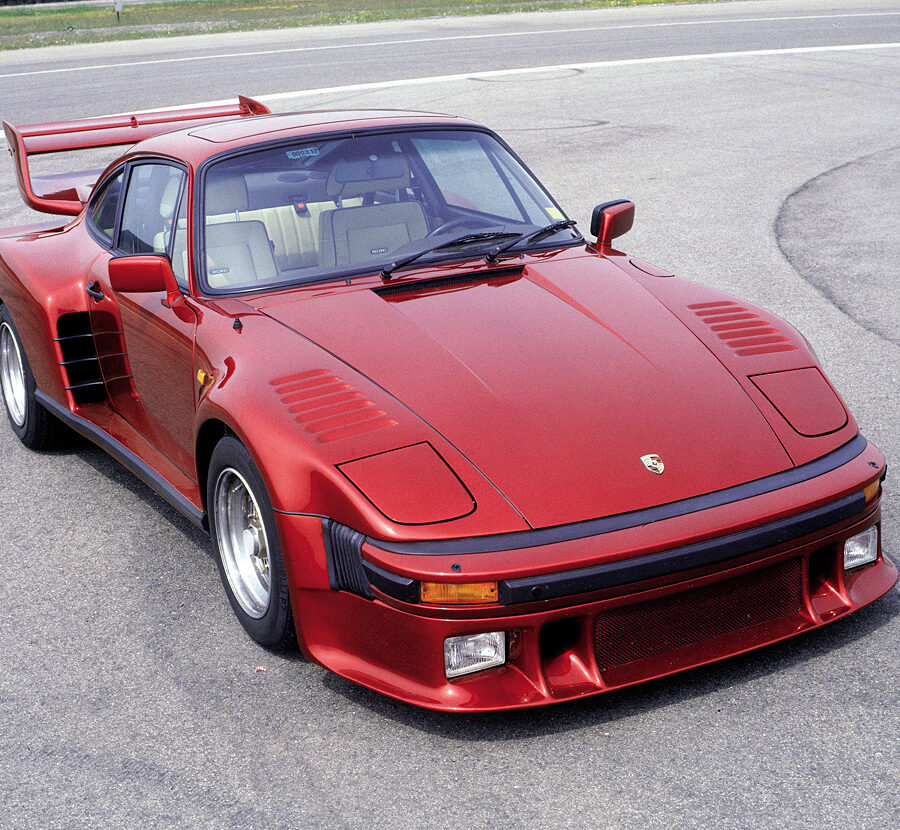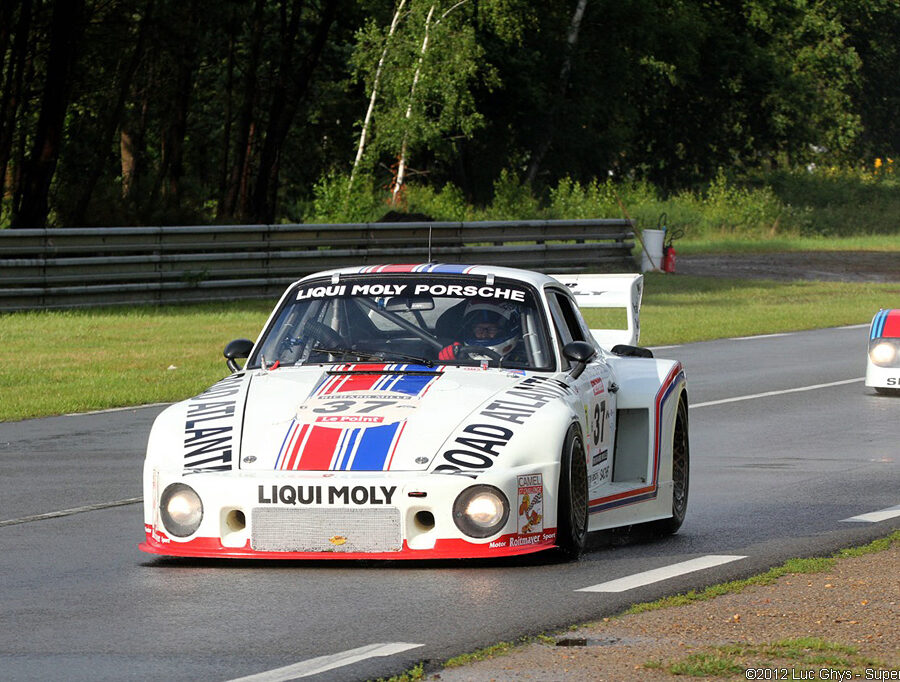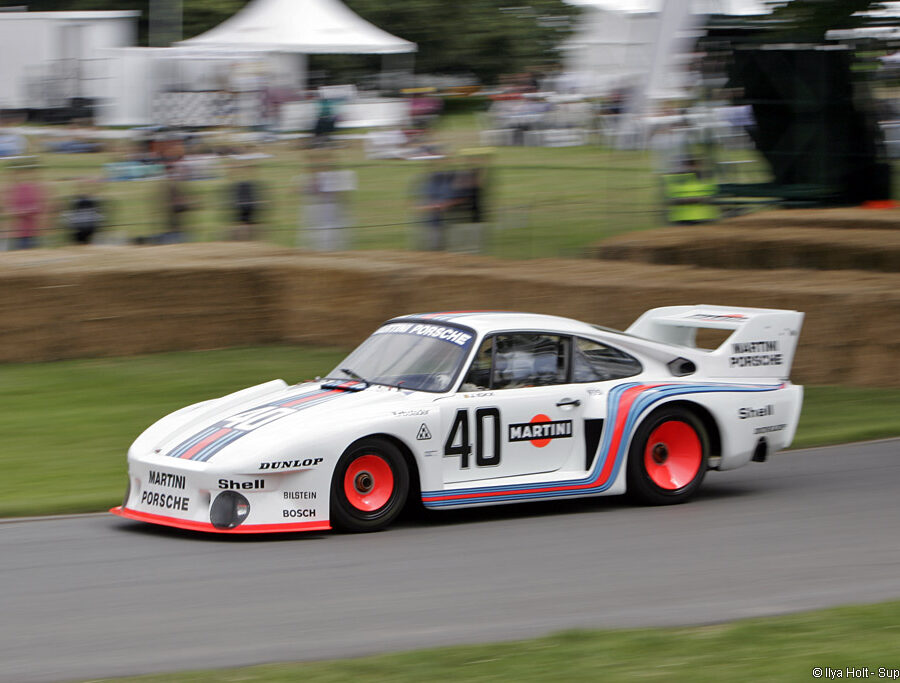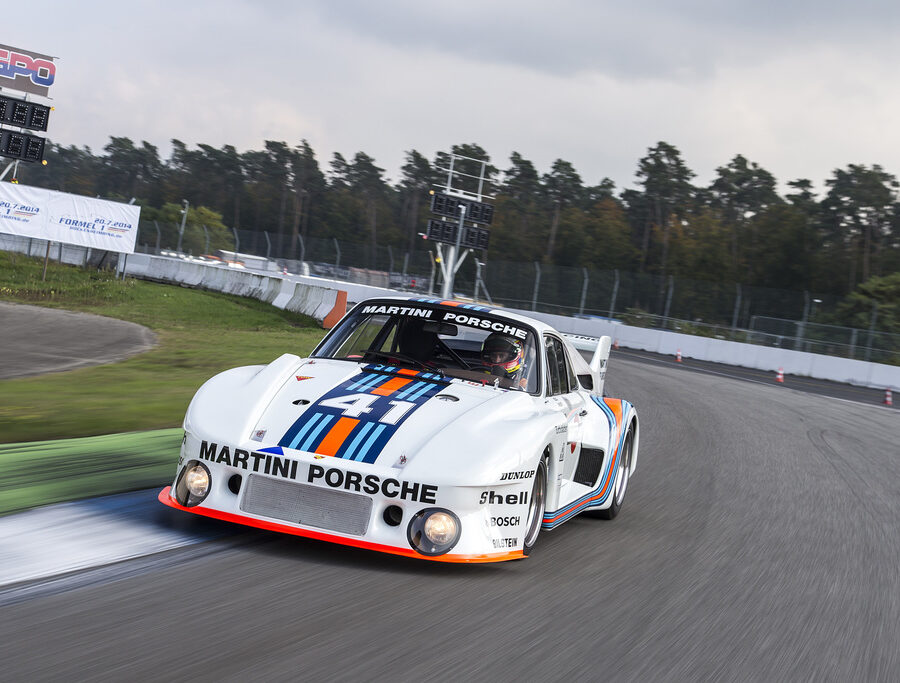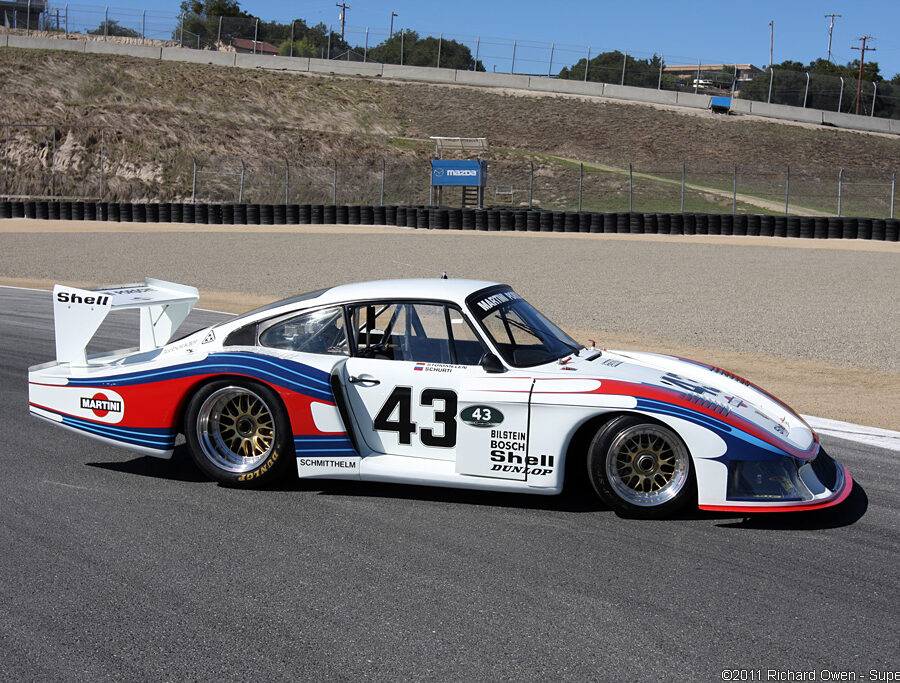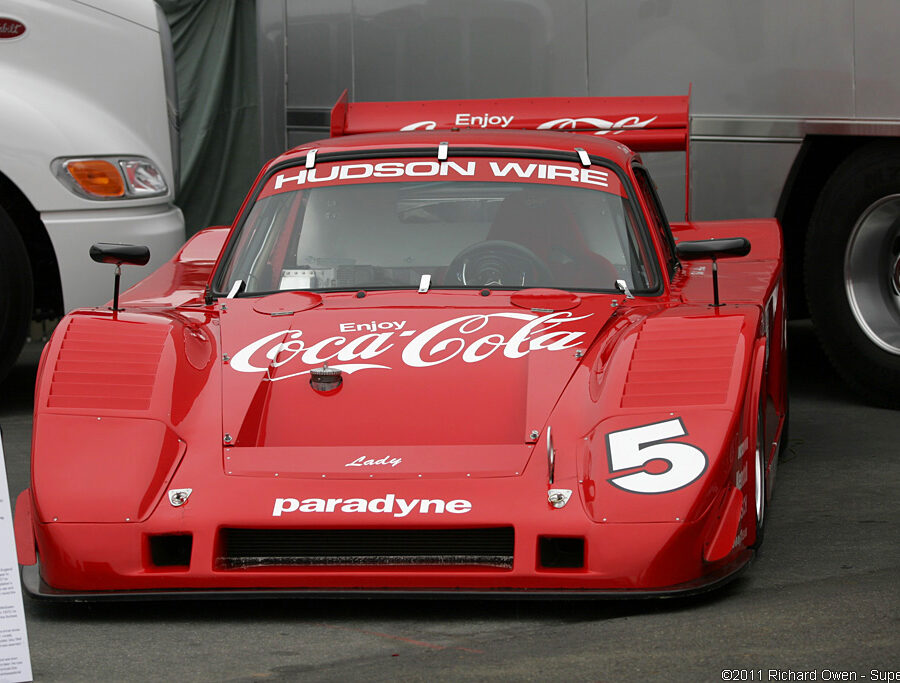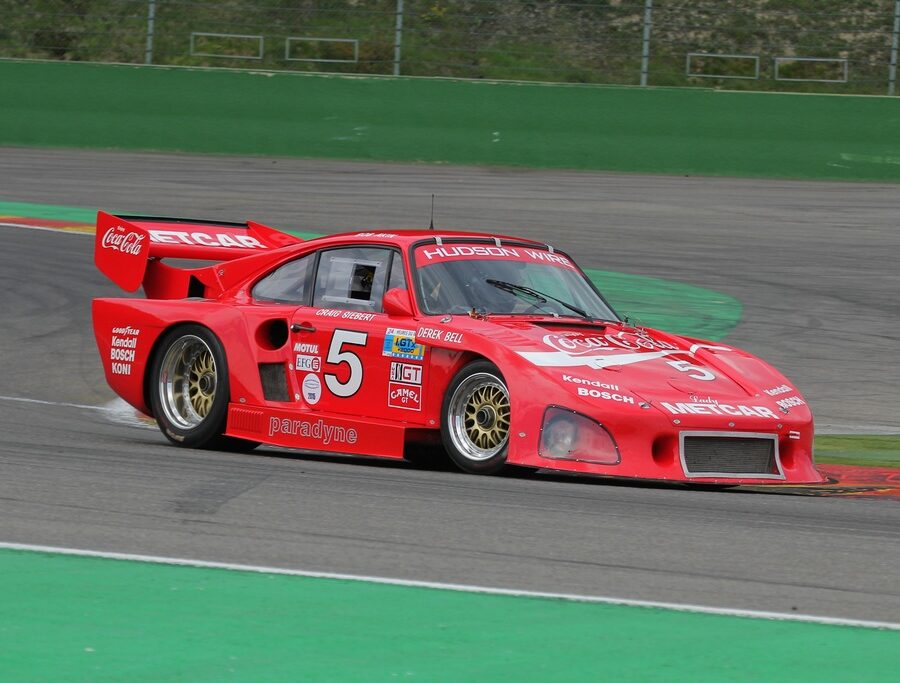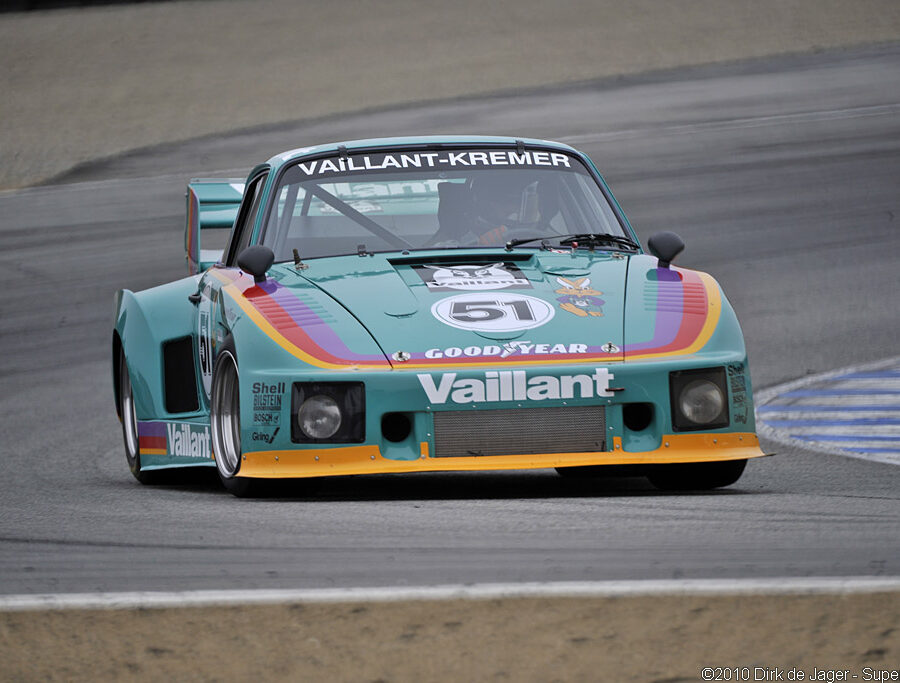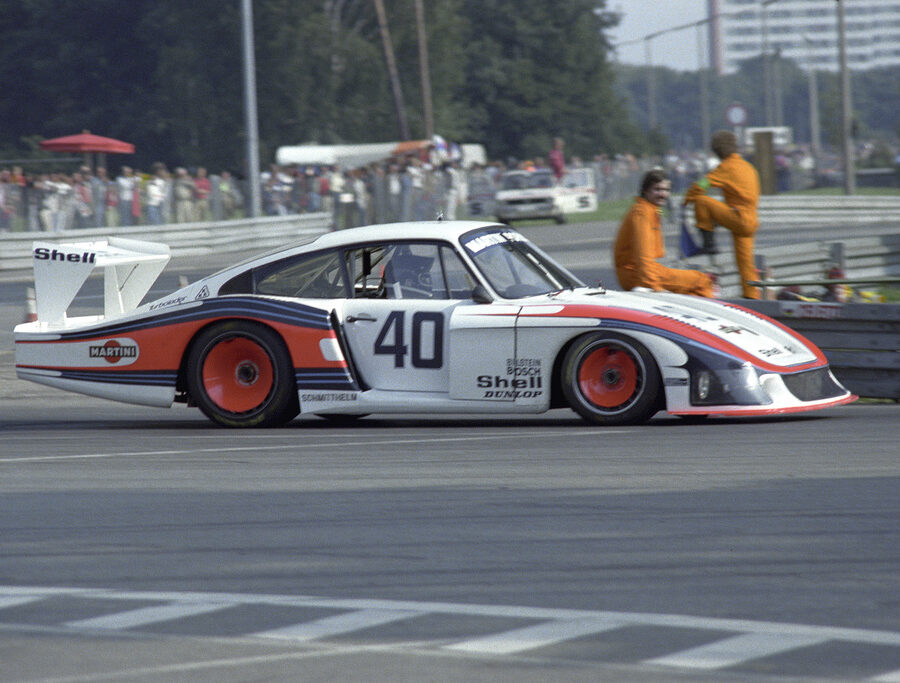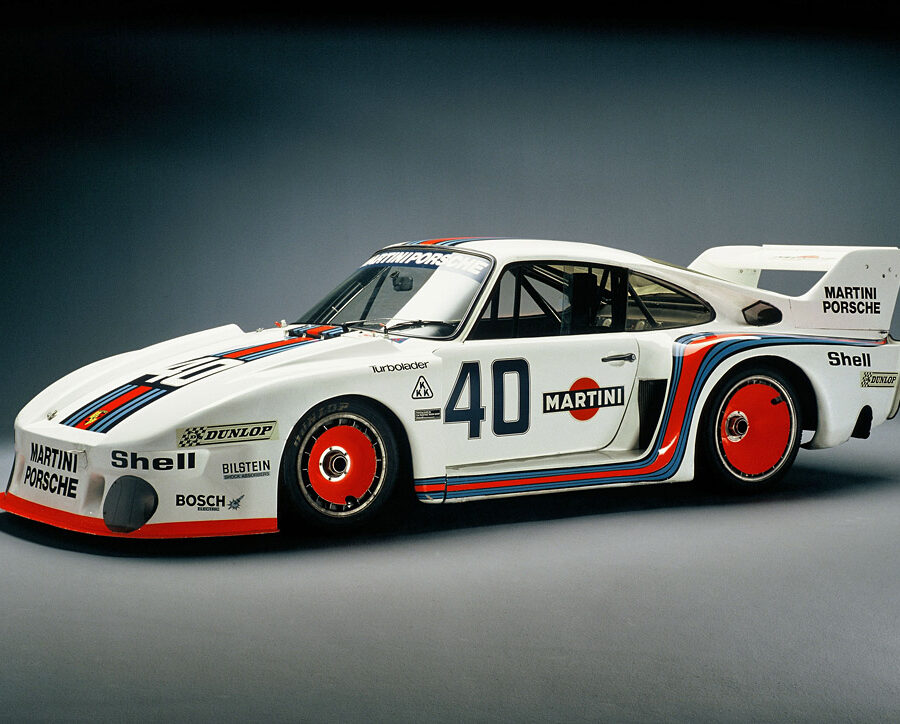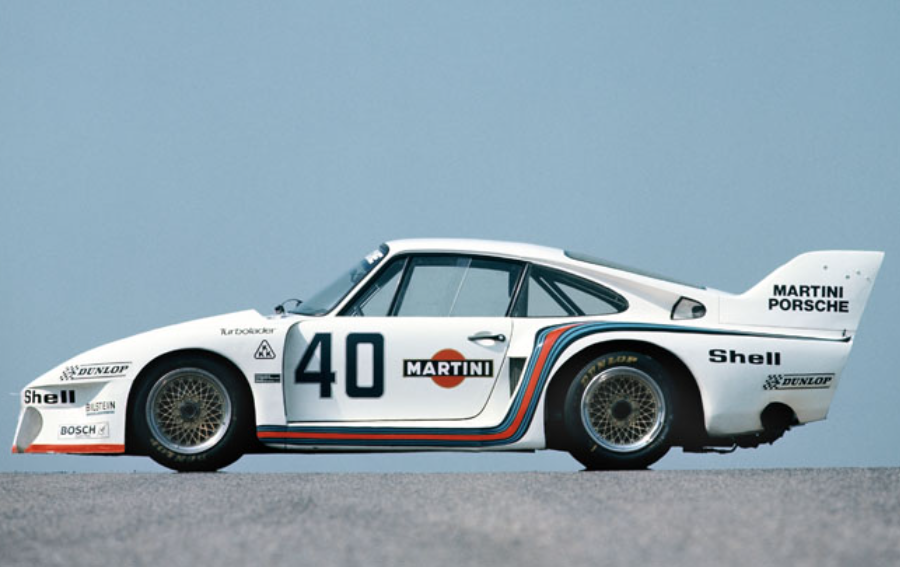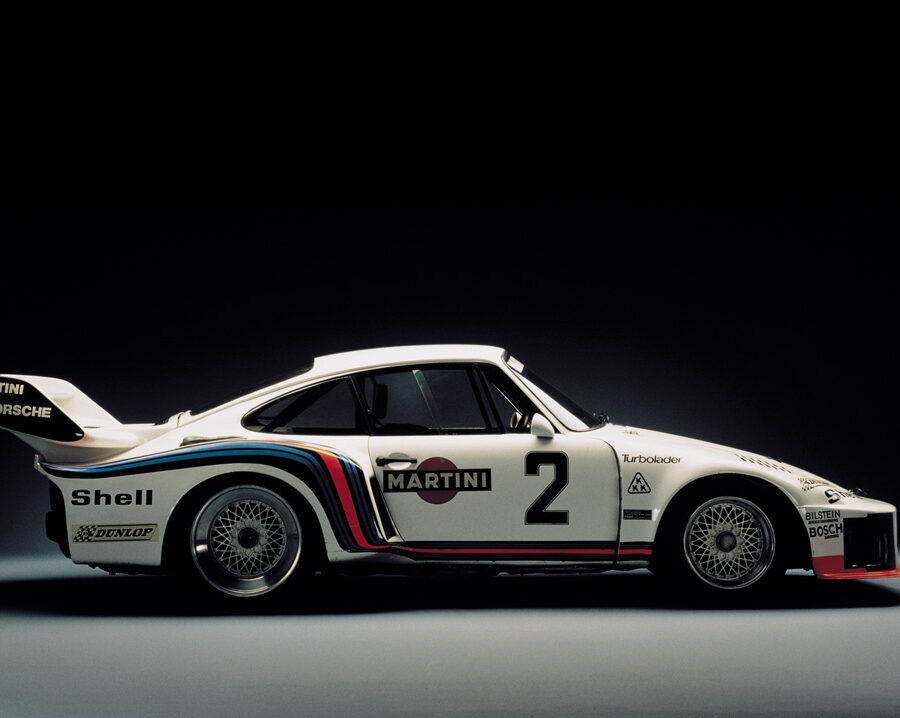Porsche 935
From 1977 into the 1980s, Porsche 935s were the popular choice in Group 5, GTP, and GTX racing both in Europe and North America. Later versions were made by Kremer, Joest, Gaaco and Fabcar left little room for any challenge to Porsche dominance. The culmination of these efforts resulted in a first overall at the 1979 24 Hours of Le Mans. The 935 was initially offered as version of their 935 for private racing teams that raced alongside the technically superior Martini-sponsored factory cars. These were based of the 1976 the Porsche Carrera RSR 2.1 Turbo which contested the 24 Hours of Le Mans in 1974 provided a basis for the 935. See all our Porsche 935 Research.
The world’s top Porsche experts discuss the Turbo
Winning streaks, record laps, alarming moments, and three whiskeys tell the tale
Turbo vision: a revolution in engine construction
The revolution in engine design secured Porsche race victories in the 1970s and beyond
1976 PORSCHE 935-001
Porsche's prototype 935 still lives in its former glory
Lanzante’s road-legal Porsche 935/2
Debut scheduled for Goodwood Festival of Speed
Porsche Aerodynamic Development
Miniature models in the wind tunnel
Luftgekühlt spin-off Air-Water show comes to SoCal
Tickets now available for Air | Water, April 27, 2024
2019 Porsche 935
Porsche track-day 935 on BaT
1979 Le Mans winning Porsche 935
Porsche collector Bruce Meyers is the perfect owner
Porsche 935: The Best Of The Best
A look at iconic Porsche 935 chassis 930 890 0012
Historic 935 and 904 Porsche duo arrives in Monterey
Gooding & Co to auction significant chapters in Porsche's history
Celebrating Porsche at the 2023 Goodwood Festival of Speed
We can't get enough of these Porsche moments!
Porsche of the Day – A Road-Legal Porsche 935
Roar the streets with 740 hp (552 kW) at 8,000 rpm.
A Brief History of JLP-4
There are 935s, and then there are 935s…
IROC Porsches: The 935 & the International Race of Champions
The made-for-TV IROC series was a remarkable innovation and the genesis of the all-conquering 935.
Porsche 935/78 – Specifications & Performance
Technical Specifications
Porsche 935/77 “Baby” – Specifications & Performance
Technical Specifications
Porsche 935/77 – Specifications & Performance
Technical Specifications
Porsche 935/76 – Specifications & Performance
Technical Specifications
Winning the World Endurance Championship 1981
#9 Porsche 935 (chassis #009 00030) win the race by 13 laps
Porsche 935 Straßenversion
In 1983 Porsche produced a stunning one-off road car for TAG owner Mansour Ojjeh.
Porsche 935/78 ‘Moby Dick’ (1978)
The 935/78 was the ultimate expression of the 911 factory race car before Porsche officially withdrew from motor sport.
Porsche 935/2.0 ‘Baby’ (1977)
Built for 1977 to race in the national German DRM series under 2 liter class
Porsche 935/77 (1977)
The Group 4 racer based on the 911 Turbo (930)
Porsche 935/76 (1976)
The Group 4 racer based on the 911 Turbo (930)









